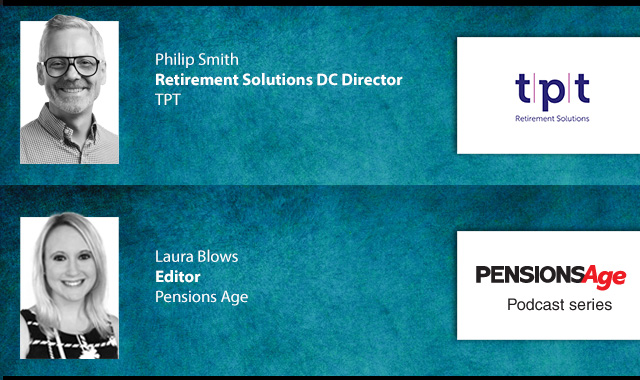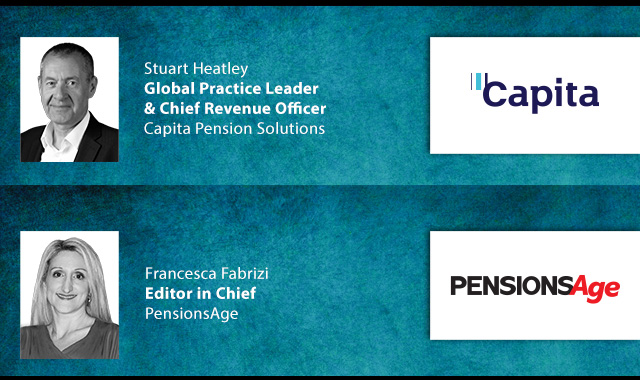The average single person will need an income of £25,000 a year for a ‘moderate’ retirement, while couples will need a combined income of £36,480, according to Hargreaves Lansdown’s Savings and Resilience Barometer.
For the purposes of the estimation, Hargreaves Lansdown increased the figures the Pensions and Lifetime Savings Association (PLSA) used in its Retirement Living Standards in 2023 by headline inflation (7.3 per cent).
Hargreaves Lansdown noted that its estimation includes the state pension, but tax will need to be included.
The consultancy said this offered an alternative to the current PLSA approach, which includes “more aspirational areas, such as the desire to spend more time with family post-pandemic” in its 2024 estimations.
This meant that the PLSA’s moderate Retirement Living Standard stood at £31,300 a year for a single person and £43,000 for a couple.
Hargreaves Lansdown stated that while these ‘more aspirational areas’ will be important to many, they are not important for everyone, and many will live well in retirement on less income.
“This diversity in approaches needs to be considered,” said Hargreaves Lansdown head of retirement analysis, Helen Morrissey.
“Working out how to handle the inflation shock presents an opportunity for the PLSA and industry to engage on what is the best way to help people measure their retirement income needs.”
Despite the smaller increase of Hargreaves Lansdown’s methodology, only 38 per cent of households were on track for a moderate income in retirement, with Morrissey stating there was “clearly much work still to be done to improve pension adequacy”.
“Recent Barometer data shows that 12.2 million households don’t have the pension savings required to retire with a moderate living standard,” Morrissey said.
“However, within this group, almost seven million are not behind with debt repayments or bills and have the excess cash or investments that could be used to boost their pensions or SIPPs.
“It’s a simple shift that could see 1.8 million households passing the threshold for a moderate retirement income and securing their financial future, while the outlook for the remaining households would be significantly improved.
“Other gaps can be filled with the appropriate government reforms. The Auto-Enrolment Extension Bill, for which we are still waiting for an implementation timetable, will help as people can be enrolled from the age of 18 and contribute from the first pound of earnings. This will help people increase their pensions over time.
“Further reform could explore how to motivate employers to contribute more to employee pensions. For instance, employers could increase contributions for employees who voluntarily put more in themselves.
“The self-employed also need to be considered. They are a group ignored by auto-enrolment and less likely to use pensions due to their perceived inflexibility.”
Latest News
-
FCA consults on plans to better support DC digital planning and transfers amid 'changing market'
-
FCA to consult on pension charge cap in Q2 2026
-
‘No let-up’ in regulatory activity for DB schemes amid heightened scrutiny
-
Keeping track of the latest pensions dashboards connections
-
Govt asked to provide update on SPA transition research
-
This week in pensions: 8-12 December
Private markets – a growing presence within UK DC
Laura Blows discusses the role of private market investment within DC schemes with Aviva Director of Investments, Maiyuresh Rajah
The DB pension landscape
Pensions Age speaks to BlackRock managing director and head of its DB relationship management team, Andrew Reid, about the DB pensions landscape
Podcast: From pension pot to flexible income for life

Podcast: Who matters most in pensions?

In the latest Pensions Age podcast, Francesca Fabrizi speaks to Capita Pension Solutions global practice leader & chief revenue officer, Stuart Heatley, about who matters most in pensions and how to best meet their needs
© 2019 Perspective Publishing Privacy & Cookies











Recent Stories